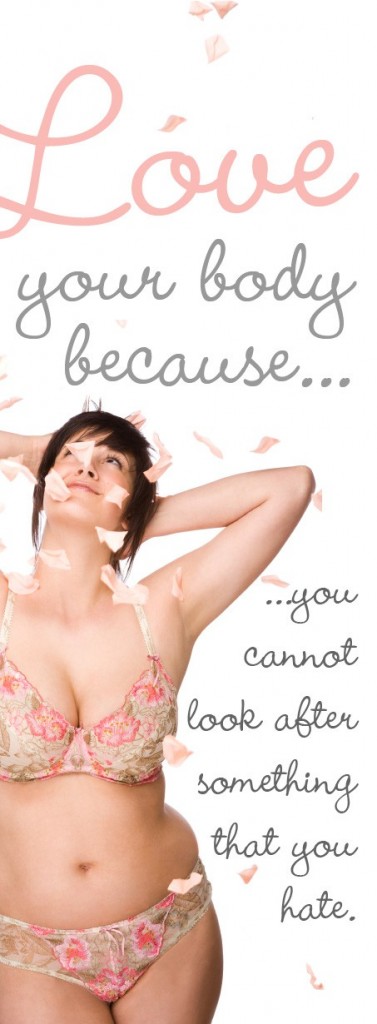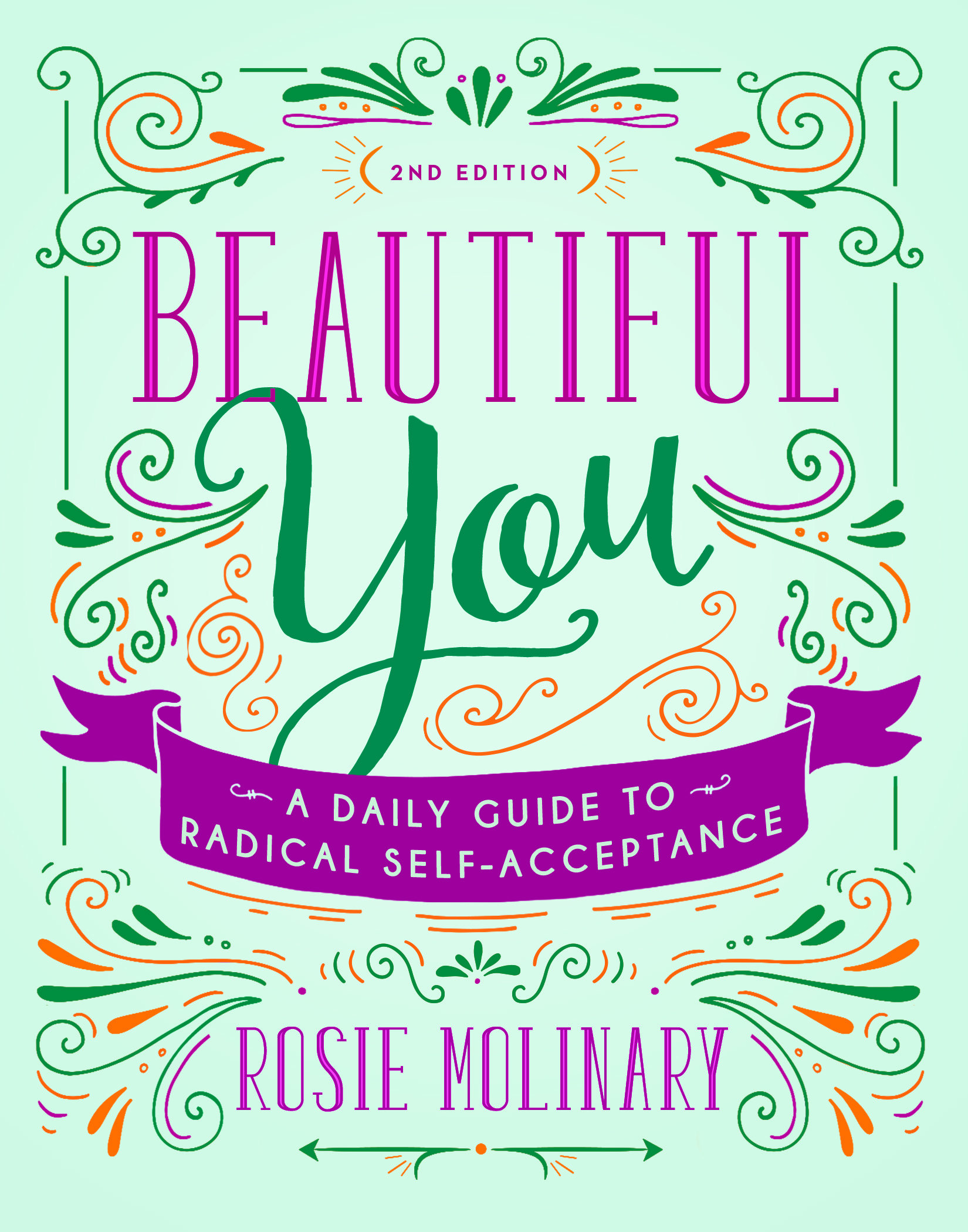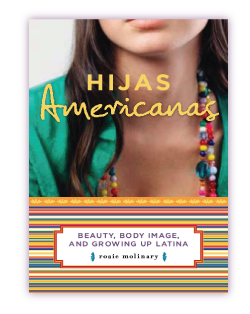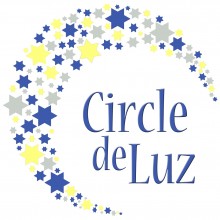I LOVE the questions you all have been posing about my daily life, my professional life, etc. Keep ’em coming. This week, I am tackling this question: What kind of students take your class? How often do you teach? How does the college respond to what you teach?
So, here we go, a peek in my classroom.
How I got my start: I started teaching body image at the University of North Carolina-Charlotte in the Fall of 2008 after another professor there recommended me to the Women’s and Gender Studies Department chair. I had no plans at the time to go back to more traditional classroom teaching, but I had done a speaking engagement at the university that this professor had booked me for and she came up to me afterwards and asked if I’d been interested. The class was already offered at the university and she was the one teaching it, but she was excited about teaching some other things and thought my passion and expertise might be a good fit for the department. It was a lovely and generous connection that she made and is very indicative of the people I work with there. Lovely and generous.
I now teach for two departments. Last fall, I added teaching for the Honors College to my schedule after a student recommended me to the Honors Program Department Chair. So I currently teach two body image classes– one in the women’s and gender studies program and one in the honors college. I have also taught Women in the Media for WGST but won’t be teaching that this fall.
Classroom size and approach: In my WGST classes, I have 45 students but I teach it as if it is much smaller. About half of every class period is student-led discussion. They write a fair amount (and I write personal messages to each of them on their papers). They read a fair amount. I try to give it a seminar-feel although it’s big. I think they feel as if the class feels really small and personal pretty early on and that is my intent.
My honors classes are much smaller. I have 18 students. The structure of their class is similar to my other but they have a few more assignments and responsibilities.
When I was starting out as a first-year high school teacher, I adopted the mantra that Powerful Learning Happens with an Emotional Connection. At the time, I was teaching history and, let me tell you, about 1 student walked into my classroom each period excited about history. And, yet, every single one of them had to pass a state test on history at the end of the year to move on to the next grade. So the class really mattered in their futures, even if they didn’t think history mattered. I decided that I would be the conduit for my students who weren’t excited about history. If a student wasn’t excited about history, perhaps I could make them excited about what happened in my classroom and, thus, make doing well in my space worthwhile to them. If history didn’t create the emotional connection for them, I would. I try to still employ this approach in my college classrooms.
My teaching schedule is school year based right now. I teach in the fall and spring and take the summer off. Because I teach while Happy is in preschool and Happy’s preschool camp schedule in the summer is pretty minimal, it doesn’t make a lot of sense for me to teach during the summer. In fact, I think I would pay more for preschool camp to have coverage than I would get paid for teaching summer school. Not that my work is about the money but I certainly don’t want to go in the negative because of my mission.
In my classes, I predominantly see 5 different reasons why people signed up for my class.
1. Those who are Women’s and Gender Studies minors and have gotten progressively more fired up about these issues over the course of their minor work. They have typically taken a few classes already and the role that body image plays in women’s lives have come up as well as the role the media plays in how we all feel about ourselves. They want to know more, they want to be proactive, they want to compel others to think about these issues.
2. Those who are struggling with their body image and couldn’t believe they were reading the course guide right when they saw that this course was being offered. I have had students in the midst of eating disorder and body dysmorphic treatment, students in the midst of PTSD who have had some body image consequences because of their trauma, and plenty of students with a wide array of insecurities that just haven’t been dealt with yet. They sign up for the body image class in hopes of being less paralyzed when they are done. The majority of my students come for this category.
3. Those who are absolutely brand new to this concept but were pretty intrigued by the course description. This is the case with a lot of my HONRS students. They aren’t typically taking WGST classes; they have been pretty immersed in their major classes and then they decide to go for an interesting elective through the HONRS program and are, hopefully, pleasantly surprised by what they find in this class.
4. The older student. My very favorite part of teaching at UNC-C is the diversity of culture, experience, and age that I see in my classes. Every semester, I have non-traditional students (read: students who are older than 22 and have done something else before coming to get their degree). I often have students in their 40s and 50s who have raised kids or are in the midst of raising kids. They want to know what they can do for their kids. I LOVE what this perspective adds to the classroom.
5. The not so deliberate enrollee. A few students take my class because it was the least offensive offering to them in their major or minor requirement electives (for example, body image is an elective option for Studio Art, Public Health, and Kinesiology majors). This is just a sprinkling of students each semester, but I try in my time with them to help them understand why these issues matter.
So, then, why do these issues matter? Well, here is an excerpt of a longer post I wrote about why I fight for self-acceptance and positive body image. If you want to read the whole post, you can find it here:
Body image work, you see, can really change everything. This is what I say to those who doubt its validity, who think that how someone else feels has no impact on them whatsoever. How the woman down the street feels about herself can actually impact many of us in significant ways. Just think: what if that woman is a school teacher and she feels defeated. If she can’t call out her best self, it’s hard for her to champion someone else’s best self. That someone else might be your child or grandchild. Suddenly, you want what’s best for her, right? Suddenly, you want her to no longer be paralyzed, right? Suddenly, it is not so frivolous. Multiply that reality by all of us. If any of us is hindered in being our authentic, best self, then the world suffers.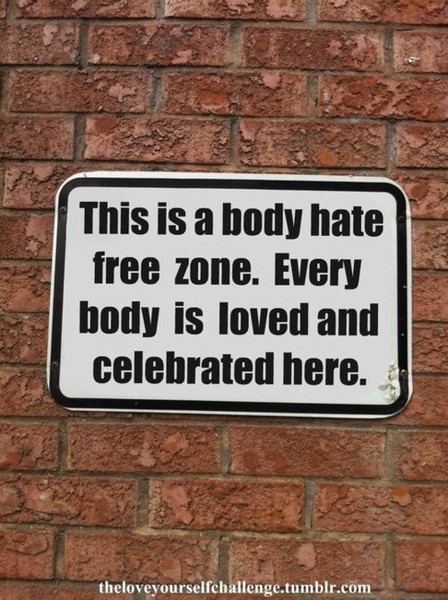
We each have a purpose that is uniquely ours. If we are consumed by our bodies, then we are taking valuable time away from the work we are meant to be doing and the gifts we are meant to be giving to this world, from our mission. If we are in the mirror, assessing, obsessing, critiquing, despairing, we are not doing the work of our lives.
What are you not doing while looking in the mirror, lamenting your fate? When we get sidetracked, we are taking away from the time we can invest in our purpose and passion.
And the world is too precious, its needs too real, for anyone of us to be hindered by the marketing, the madness, the messages that comes at us in warped speed in an attempt to slow us down, distract us, dull us.
There is no room for us to play small or scared. But to not play small or scared means we must do the work that allows us to slide into our best selves. Because when we arrive there, what we have is not just self-contentment. What we have is the ability to pull off one of the many miracles this world needs. It is not cosmic accident that we are here, right now. We are, each one of us, the ones the world has been waiting for. Our realization of this truth and our ability to embrace it changes everything. We can’t afford for that not to happen.
How does the college respond to what you teach? Very positively which has been the most pleasant of surprises. I love that an, on the surface, typical institution of higher education, isn’t afraid at all to be unique in what they offer. When I speak at other schools, students are always surprised that body image is a course offered academically (and I do very much root it in the research around body image but then we talk about how it it all applicable to our lives). I love that UNC-C is willing to invest its resources in this important issue.
Are you a teacher? What is your approach in your classroom?
What is the most unusual class you took in college?
